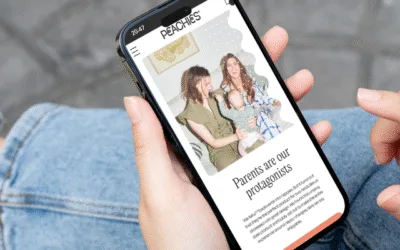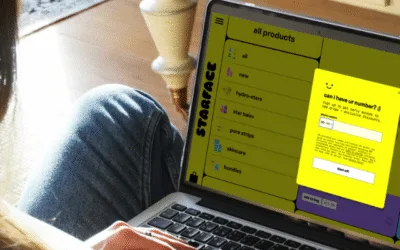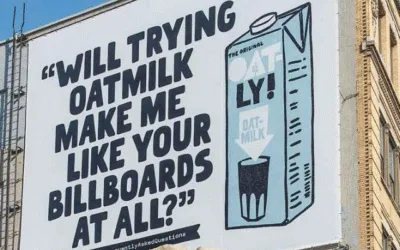Peachies beat Pampers by selling sleep, not nappies. Learn their Ladder of Why messaging trick to make your copy resonate.
How to boost your sales by 42% with this quick product page tweak
Your product descriptions might be trying to do too much. Here’s how to make more sales by tying every benefit to one clear idea.
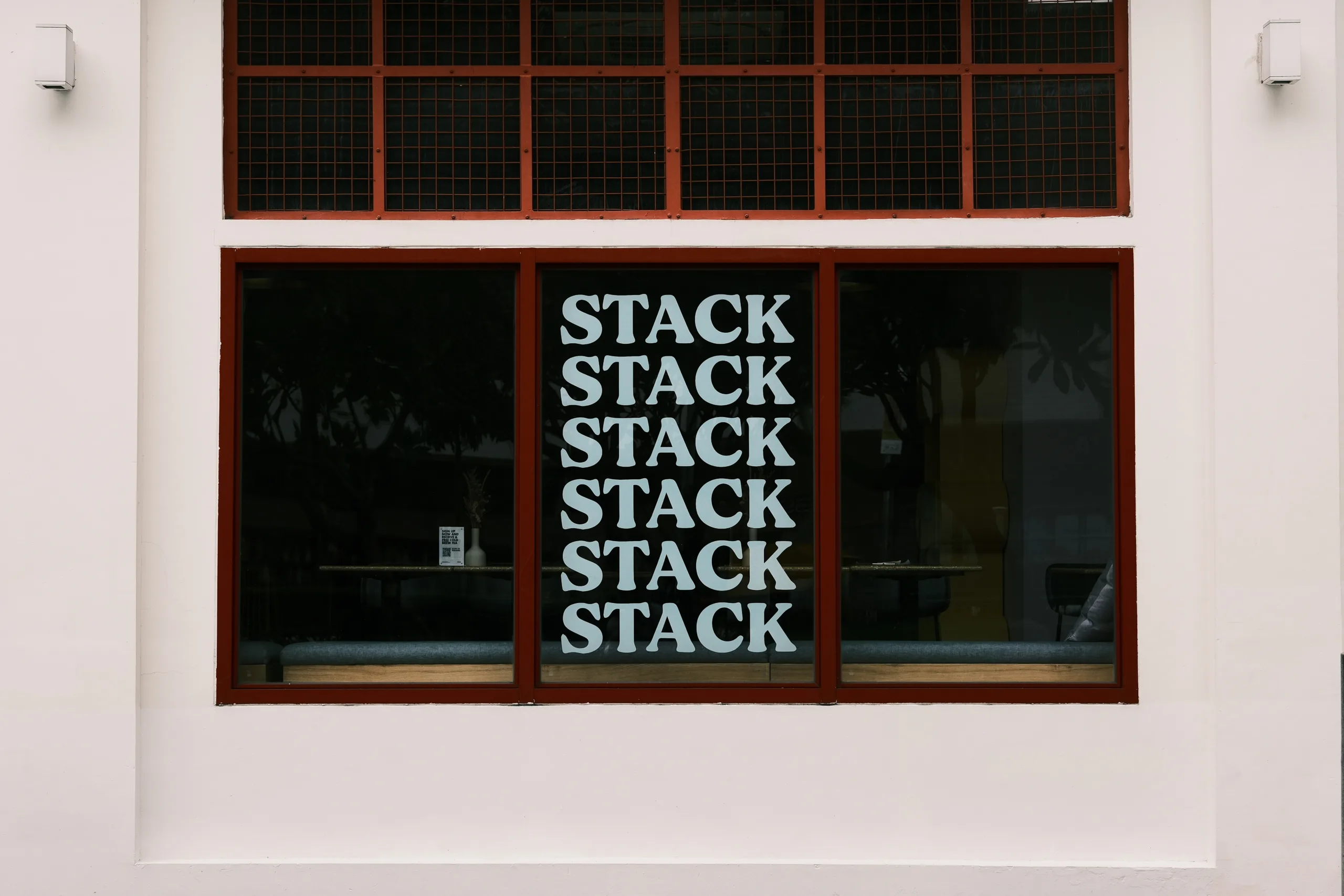
Get pro copy tips, branding tricks and e-comm insights directly to your inbox every Tuesday.
The last few week’s posts have been heaaaavy and philosophical. We’ve talked about ethical selling and inclusive language and things that are super important to nail (especially in 2025)… but they’ve all been a bit hard to immediate use.
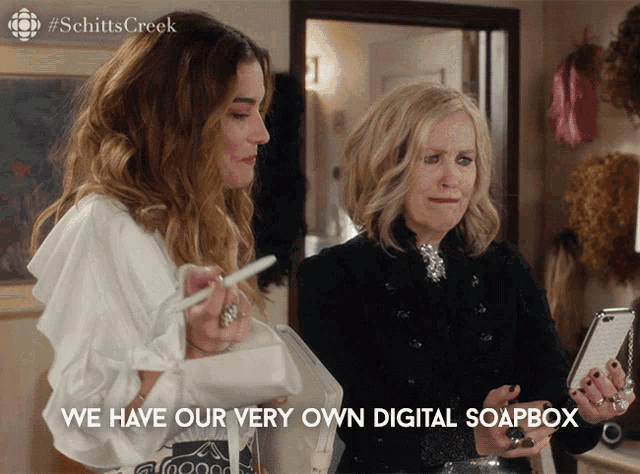
So this week, we’re flipping things around with an easy, simple copywriting tweak that can improve sales by 42%.
(Plus, read to the end for a plug-and-play product description formula we’ve written for you.)
Let’s get into it 👇
💡 This week’s big idea: Don’t just list your product’s benefits. Group them together with one big idea.
When you’re writing product descriptions, it’s easy to get into the kitchen sink mindset.
Especially as a young brand, you’re not 100% sure of your audience and why they’re buying from you yet.
And because you need every single sale, you throw everything at the wall and hope something sticks.
But that kitchen sink approach doesn’t work for long. Soon, your sales start to drop off or you end up with an eye-watering CPA.
The solution, somewhat surprisingly, is to say less about your products and instead, tell one story.
In fact, a recent study found that 👇
💡 When benefits were all linked to one idea sales increased by 42%.
💡 When the benefits weren’t cohesive? Sales dropped by 66%.
Which means that people are 4.8x more likely to choose the product with one clear, cohesive promise than one with scattered promises.
(Even more shockingly, the maths tells us that if you’re currently writing your product descriptions or PDPs with mixed benefits and you swap to a linked benefits, you could theoretically boost your sales by 317.6%. 🤯)
Why is this?
Under the hood, a few things are happening in our brains to make this happen…
🧠 Coherence bias AKA we believe things that when things make sense together, they’re more likely to be true.
🧠 Cognitive ease AKA if your brain can process it quickly, you’re more likely to trust it. It makes sense at a gut level.
🧠 Chunking AKA if things are grouped together, they feel stronger and more memorable than a scattered list.
In other words, when you tie all your products’ benefits to one unified promise, you align with how the brain wants to make decisions. And that makes people buy.
Let’s break down how to make that happen 👇
The importance of a red thread in your product descriptions
Let’s look at two product descriptions for the same product, a set of noise-cancelling headphones 👇
Designed for modern life, wherever it takes you. These wireless headphones come with:
- High-fidelity audio for rich, immersive sound.
- A sleek, matte finish that looks great with any outfit.
- Up to 45 hours of battery on a single charge.
- Sweat-resistant build for workouts and rainy commutes.
- Active noise-cancelling tech for quiet moments, when you want them.
From your daily commute to your next big Zoom call, these headphones do it all and keep you looking good doing it.
Stay in the zone. Block out the world. Get more done. These noise-cancelling headphones are built for deep focus.
- Industry-leading sound quality to keep your brain engaged (and your playlists popping off).
- Active noise cancellation silences distractions, from noisy commutes to that annoying humming fridge.
- 45-hour battery life means you stay powered through long-haul flights or full workweeks.
Whether you’re writing, designing, or just trying to finish a task without someone asking what’s for dinner, these keep your head where it needs to be.
Which one made you feel more confident in the product? Which one would you choose to buy if you needed new headphones?
It’s #2, right?
That’s because in Description 1 (which isn’t necessarily bad copywriting) we can’t figure out whether these headphones are a fashion choice, a piece of impressive tech, a set of headphones for the gym, headphones to listen to music with…
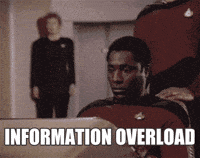
But in Description 2, everything ties back to the central idea of staying in the zone.
And our brains love it when things are consistent and clear.
When every new benefit we read ties back to one central idea, we mentally stack everything up as proof of that central claim. And by the end of the description, we’re pretty much ready to buy.
🏆 This tip really works 👇
Last year, we helped a store make their language easier to skim and give all of their product descriptions a central red thread.
Nothing hugely creative. No fancy strategies or brand deep-dives. Just 3 days of rewriting with these two things in mind.
The result? They almost quadrupled their sales and jumped to £2M MRR within months of the new product description going live. 🙌
In other words, this clever little tactic is an absolute banger. (And will make you the MVP of your team.)
A science-backed formula for turning your product descriptions into best-sellers
Here’s our formula for writing product descriptions that follow the science on how you can get people to buy 👇
1. Start with a single promise
All the data on product descriptions backs up the idea that you need one strong, central idea introduced before your supporting benefits.
So zoom out and think about the bigger picture of what you’re offering. What’s the biggest benefit? What’s the common link between all of the smaller benefits?
If you’re not sure which benefit to hone in on, see what your customers are saying and steal it.
Pro tip: try and find a big idea that feels tangible and transformative or inspirational, like “Beat your personal best, whatever the weather” or “Embrace your inner Carmy with our latest range of cooking utensils.“
Now, you’re not selling running shoes or utensils. You’re selling them a better version of themselves.
(Side note: Jack would probably part with all of his money to feel like Carmy from The Bear.)
2. Turn 3 features into 3 strong benefits
Here’s where it gets really interesting: not only does the data support that related benefits boosts sales, but we also know that listing any more than 3 benefits starts to decrease the effectiveness of your product description.
(Source: When Three Charms but Four Alarms by Shu, S. et al in Journal of Marketing)
Top tip: find the three biggest benefits of your products and then group them together with a
and for/so that [benefit] structure. Like this 👇
Moisture-wicking fabric and CoolTec fabric so that you stay cool and comfortable out on the trail.
Soy wax and natural fragrances for headache-free ambience.
Mosaic and Citra hops for a burst of tropical fruit that you’ll want to drink all day (and night) long.
3. Wrap it all up in a punchy sign off
Here’s where you can stack in one last little clever tactic to get people more likely to click “buy now” → you bring it all home with one sentence that recaps your big idea and the benefits.
Eye-tracking studies show that readers do the most meaning-making at the end of a sentence or paragraph.
Summing everything up in a punchy last sentence gives your customers an easy cognitive “wrap-up” moment where it all clicks in their head.
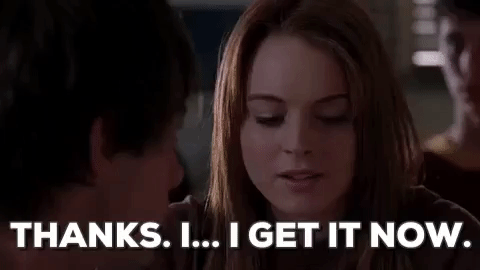
🙋 “But what about sustainability messaging? What about supporting messaging? Where does that go?”
We left this bit until last because there’s wee bit of nuance to it.
Patagonia, a brand that is all about sustainability, includes it in the main body of their product descriptions 👇
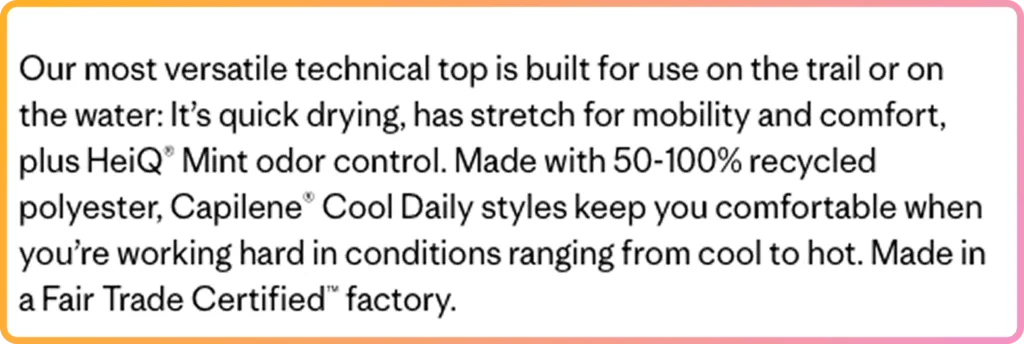
However, while Allbirds are heavy on their sustainability messaging, their core brand message is all about comfort, so they move sustainability to its own section 👇
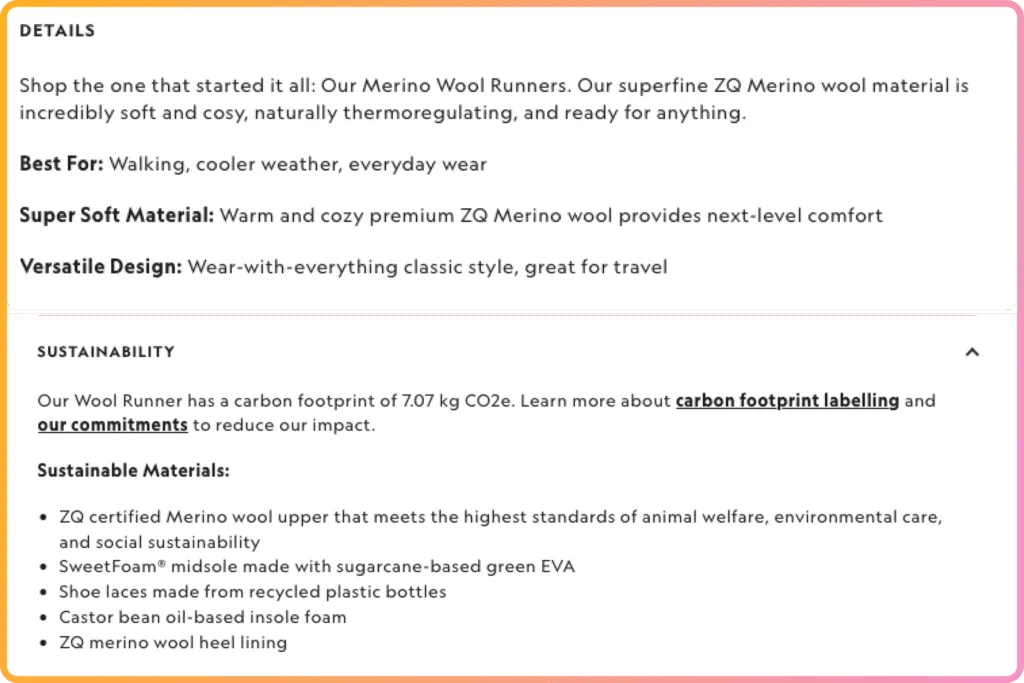
Think of it like this: if your brands core message is sustainability then it should 100% be part of your 3 bullet points and your red thread.But if sustainability is a secondary message, it’s a good idea to move it to its own section so it doesn’t impact the effectiveness of your product descriptions.(This also allows you to write a sustainability-focused product description using the same science-backed formula and let the customer self-select which matters more to them. Which can in turn boosts conversions and revenue by double digits. Smart!)
Want a hand finding your red thread? 👋
Struggling to find your red thread or the big idea that ties your product descriptions together? That’s exactly the kind of thing we can tackle together in a power hour.
TLDR: we’ll spend 60 minutes together on Zoom figuring out your product’s red threads and rewriting your product descriptions so they sell your stuff better.
(It’s all recorded and documented too, so you’ll have an actionable checklist after the call.)
Sound good? Book your session here!
Dive into more free tips and tricks 👇
How Starface use orthography to build a killer brand voice their customers love
The words you write matter. But so do your full stops, emojis and lowercase letters. Learn how to turn punctuation into a powerful part of your brand voice.
Why Oatly’s brand voice is so damn good (and how yours can be, too)
We dig into the three layers of brand voice (10,000ft, 1,000ft, ground level), show how Oatly nails each one and how you can do it for your own brand.
The weekly newsletter that takes your brand’s copy from “meh” to “hell f*cking yeah!”
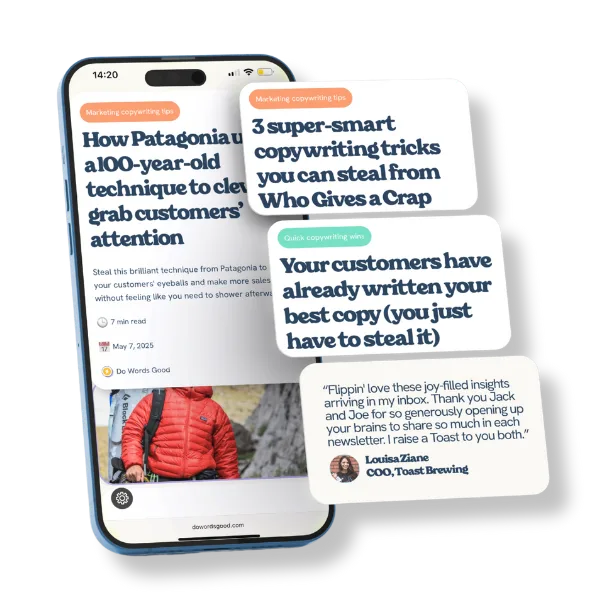
Read every week by legends at brands like these











